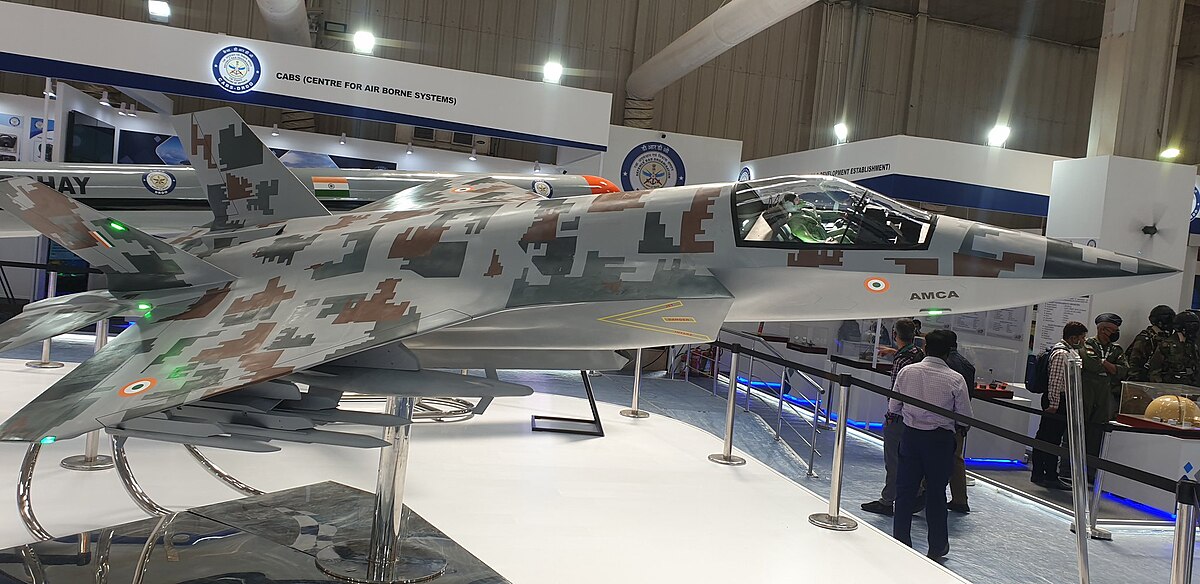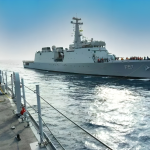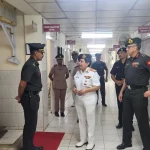In a significant milestone for India’s Advanced Medium Combat Aircraft (AMCA) program, four leading Indian technology companies—Infosys Limited, Tata Consultancy Services (TCS), L&T Technology Services Limited, and Cyient Limited—have successfully passed the technical evaluation phase for the detailed design and engineering of the airframe for India’s first fifth-generation stealth fighter. This development is a major step in India’s quest for self-reliance in defense manufacturing, aligning with the Ministry of Defence’s strategy to boost indigenous content in high-tech military projects.
The AMCA, a single-seat, twin-engine, all-weather multirole combat aircraft, is being developed by the Aeronautical Development Agency (ADA) under the Ministry of Defence to serve the Indian Air Force and Navy. Designed to incorporate advanced stealth features, supercruise capabilities, thrust vectoring, and an optimized radar cross-section, the AMCA is expected to place India alongside the world’s elite nations with fifth-generation fighter technology. As of February 2025, the program has entered the prototype development phase, following the successful completion of its feasibility study and detailed design.
The inclusion of major private sector tech firms in the AMCA program reflects India’s evolving defense landscape, which is increasingly tapping into domestic expertise. These companies bring advanced engineering, design analysis, and digital solutions to the table, though their lack of direct experience in defense airframe manufacturing has raised concerns about meeting the program’s stringent requirements. Nonetheless, their involvement marks a new chapter in India’s defense strategy, aimed at fostering synergies between defense public sector undertakings (DPSUs) and private enterprises.
A key aspect of the AMCA’s design is the use of carbon-fiber composites (C-FC), which are expected to make up 60-80% of the aircraft’s structure by weight. This will make the AMCA lighter, stronger, and more maintainable, with fewer joints and rivets to reduce structural fatigue. In comparison, the LCA Tejas has approximately 45% composite content in its airframe.
The development of the AMCA is a pivotal project in India’s defense modernization plans, with a naval variant, AMCA-N, also in progress to meet the needs of the Indian Navy’s Indigenous Aircraft Carrier-2 (IAC-2). The aircraft is designed to feature an internal weapons bay, advanced avionics, and a multirole capability to meet a wide range of operational requirements.
Despite offers of international collaboration, India has chosen to pursue the AMCA program largely independently, underscoring its commitment to fostering indigenous defense capabilities. While this approach presents challenges in terms of expertise and infrastructure, the program’s success hinges on effective collaboration between DPSUs and private companies.
The next stages of the AMCA airframe bidding process will determine which vendor takes the lead in shaping the fighter jet’s future. Meanwhile, the program continues to garner significant attention, as India navigates the complex balance between rapid development and the integration of cutting-edge technologies, including the indigenous Kaveri engine, to meet its strategic defense needs.













